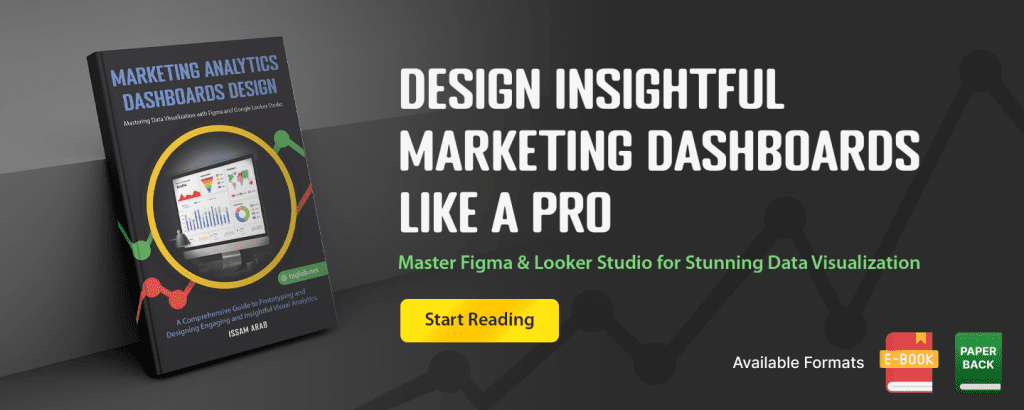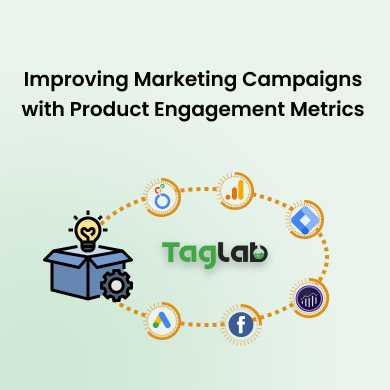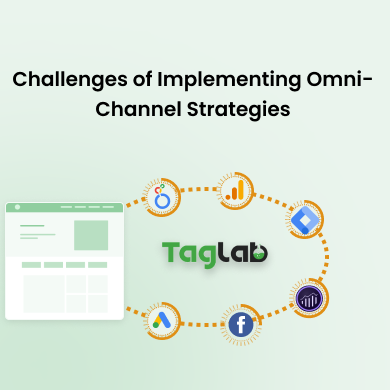Your cart is currently empty!
Predictive Analytics Term Meaning
Posted by:
|
On:
|
Post-Click Marketing refers to the strategies and actions taken to optimize the user experience after a visitor clicks on an online advertisement or link. The goal is to guide the visitor towards a desired action, such as making a purchase, signing up for a newsletter, or downloading a resource, thereby improving conversion rates.
Detailed Explanation
Post-Click Marketing focuses on what happens after a user clicks on an ad, ensuring that the subsequent steps lead to a successful conversion. This involves creating optimized landing pages, personalized follow-ups, and seamless user journeys. Key elements of effective post-click marketing include:
- Landing Page Optimization: Designing landing pages that are relevant, persuasive, and aligned with the ad’s message. This includes clear calls-to-action (CTAs), compelling content, and user-friendly layouts.
- A/B Testing: Running tests on different versions of landing pages to determine which elements drive higher conversion rates.
- Personalization: Customizing the post-click experience based on user data, such as previous interactions, location, and behavior.
- Retargeting: Using retargeting ads to re-engage users who have clicked on an ad but did not complete the desired action.
- Analytics: Tracking and analyzing post-click metrics to understand user behavior and identify areas for improvement.
By focusing on the post-click experience, businesses can maximize the effectiveness of their advertising spend, increase conversions, and improve the overall return on investment (ROI) of their marketing campaigns.
Key Points
- What it is: Strategies and actions taken to optimize the user experience after a visitor clicks on an online advertisement or link, aiming to guide them towards a desired action.
- Why it matters: Enhances conversion rates by ensuring that the user journey after clicking on an ad is smooth, relevant, and persuasive.
- How to use it: Optimize landing pages, conduct A/B testing, personalize experiences, use retargeting, and track analytics to continuously improve the post-click experience.
Examples
- E-commerce Promotion: An online store runs a Google Ads campaign for a new product. The ad directs users to a landing page specifically designed for the product, with detailed information, customer reviews, and a clear CTA to purchase.
- Lead Generation: A software company uses LinkedIn ads to promote a free eBook. After clicking the ad, users are taken to a landing page with a form to download the eBook, ensuring the page content matches the ad’s promise and encourages conversions.
Related Terms
- Landing Page Optimization
- Conversion Rate Optimization (CRO)
- Retargeting
- Call to Action (CTA)
Frequently Asked Questions
What is Post-Click Marketing?
Post-Click Marketing refers to the strategies and actions taken to optimize the user experience after a visitor clicks on an online advertisement or link. The goal is to guide the visitor towards a desired action, such as making a purchase, signing up for a newsletter, or downloading a resource, thereby improving conversion rates.
Why is Post-Click Marketing important?
Post-Click Marketing is important because it enhances conversion rates by ensuring that the user journey after clicking on an ad is smooth, relevant, and persuasive. This helps maximize the effectiveness of advertising spend and improves the overall return on investment (ROI) of marketing campaigns.
How can businesses implement Post-Click Marketing effectively?
Businesses can implement Post-Click Marketing effectively by optimizing landing pages, conducting A/B testing to identify the best-performing elements, personalizing experiences based on user data, using retargeting ads to re-engage users, and tracking analytics to continuously improve the post-click experience.




